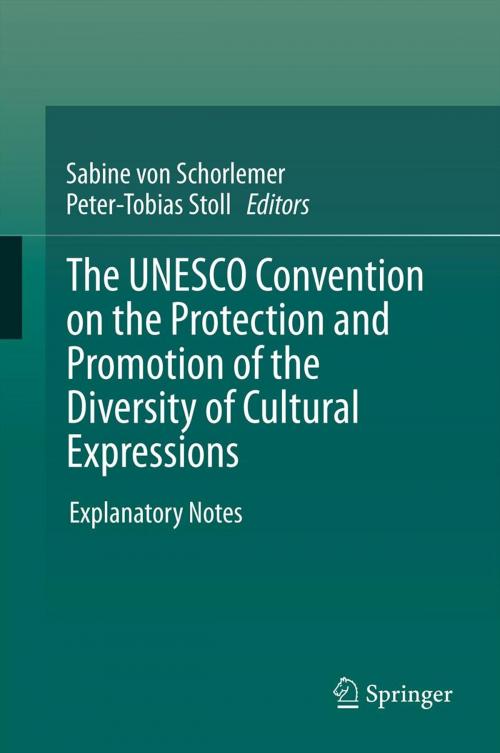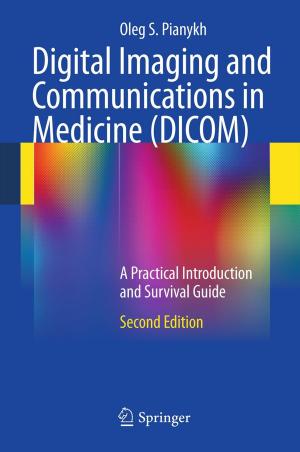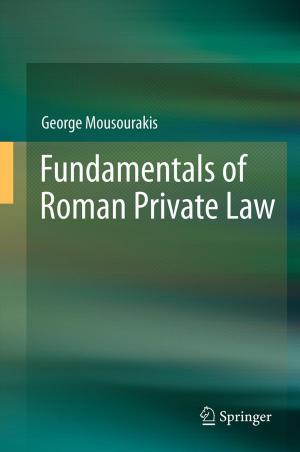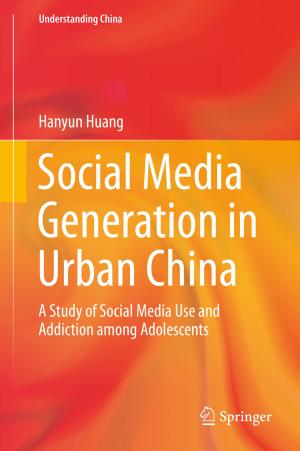The UNESCO Convention on the Protection and Promotion of the Diversity of Cultural Expressions
Explanatory Notes
Nonfiction, Reference & Language, Law, International| Author: | ISBN: | 9783642259951 | |
| Publisher: | Springer Berlin Heidelberg | Publication: | May 23, 2012 |
| Imprint: | Springer | Language: | English |
| Author: | |
| ISBN: | 9783642259951 |
| Publisher: | Springer Berlin Heidelberg |
| Publication: | May 23, 2012 |
| Imprint: | Springer |
| Language: | English |
The 2005 UNESCO Convention on Cultural Diversity is a landmark agreement in modern international law of culture. It reflects the diverse and pluralist understanding of culture, as well as its growing commercial dimension. Thirty diplomats, practitioners and academics explain and assess this important agreement in a commentary style. Article by article, the evolution, concepts, contents and implications of the Convention are analysed in depth and are complemented by valuable recommendations for implementation. In an unprecedented way, the book draws on the first-hand insights of negotiators and on the experience of practitioners in implementation, including international cooperation, and combines this with a good deal of critical academic reflection. It is a valuable guide for those who deal with the Convention and its implementation in governments, diplomacy, international organizations, cultural institutions and non-governmental organizations and will also serve as an important resource for academic work in such fields as international law and international relations.
The 2005 UNESCO Convention on Cultural Diversity is a landmark agreement in modern international law of culture. It reflects the diverse and pluralist understanding of culture, as well as its growing commercial dimension. Thirty diplomats, practitioners and academics explain and assess this important agreement in a commentary style. Article by article, the evolution, concepts, contents and implications of the Convention are analysed in depth and are complemented by valuable recommendations for implementation. In an unprecedented way, the book draws on the first-hand insights of negotiators and on the experience of practitioners in implementation, including international cooperation, and combines this with a good deal of critical academic reflection. It is a valuable guide for those who deal with the Convention and its implementation in governments, diplomacy, international organizations, cultural institutions and non-governmental organizations and will also serve as an important resource for academic work in such fields as international law and international relations.















